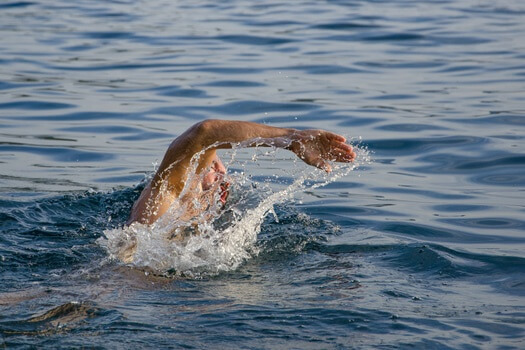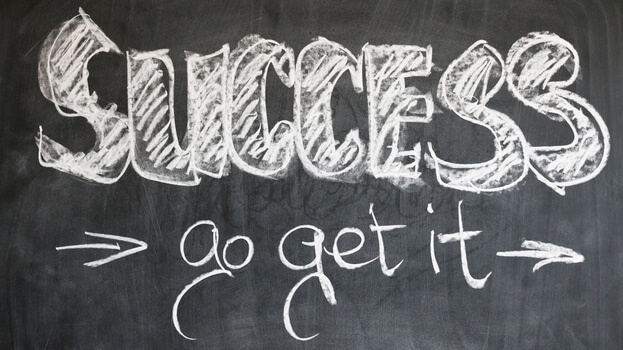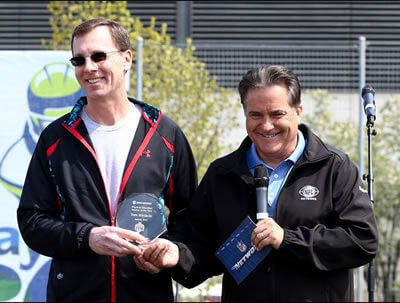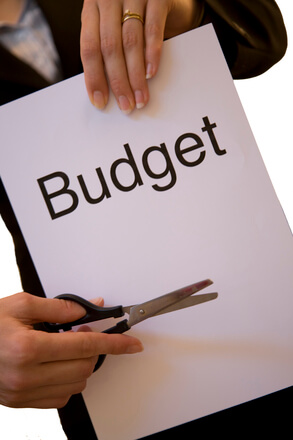This year the USA Swimming National Championships were held the week of June 25 – 29 in Indianapolis, IN. Many swimmers, some more widely known than others, all put forth their finest effort to try and capture their best performance ever and a chance to compete on the US National Team at the World Championships.

Like many sports, in swimming you can have your top performance but still fall short of beating your opponents. However, you must reach a time standard in order to reach the National Championships in the first place. This established standard is a goal all swimmers can aspire to in their training, when they begin to understand how they measure up across the national swimming spectrum (I wish they had one of these standards for my drop shot). If indeed a swimmer is to consider him/herself an ‘elite’ swimmer, they should be able to set these time standards as goals, and work to improve their times annually in order to accomplish these goals at the peak of their swimming primes.
In 1999 USA Swimming initiated the Olympic Trials Project. This project was established because, “Continued success at the international level is one of the primary goals of USA Swimming. To achieve this goal, it is critical to understand the factors that relate to success in swimming. One means of learning about success is to study the characteristics or qualities of successful individuals; to profile our elite swimmers.”¹





